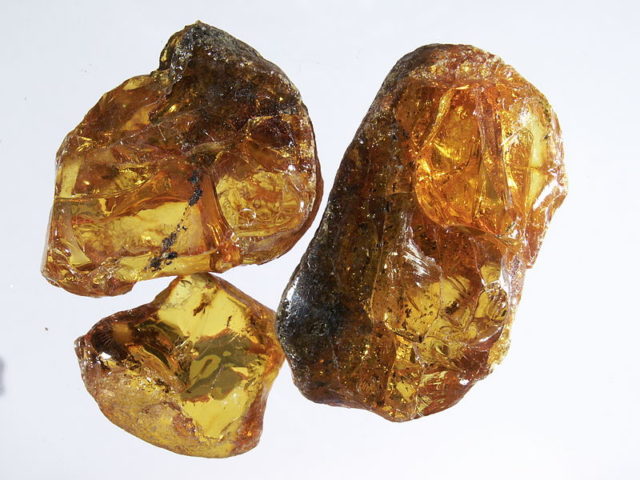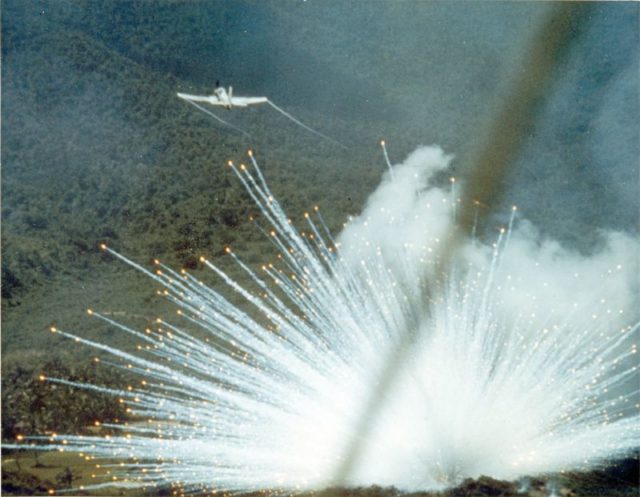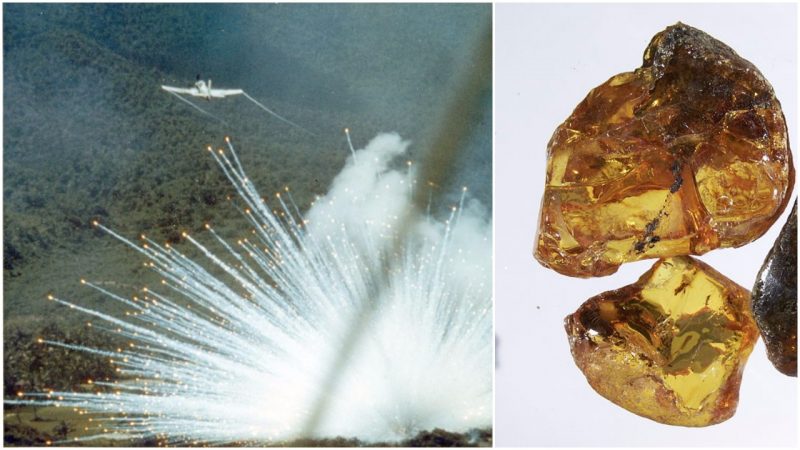For the countries scarred by World War II, the war lives on outside of history books. This is a truth that one German woman was reminded of on August 4th after she pocketed what she believed to be amber, but it was later revealed to be a chunk of leftover white phosphorus from the war. The discovery was made after her jacket was set ablaze by the drying material.
The incident happened when the 41-year-old woman, whose name was not released, was taking a stroll along the Elbe river one evening. Spotting what she believed to be amber on the riverbed, the woman picked it up and put it in her pocket. She then continued to enjoy her evening, walking beside the river in the town of Wedel.
However, after being freed from its watery prison, the “stone” began to dry. Before it fully dried, the woman placed her jacket next to her while resting by the river. It was then that the phosphorus finally dried enough to react with the air and reveal itself, setting the jacket on fire.
There were some people who noticed what was happening and alerted the woman of the small inferno beside her. It is lucky for her that the jacket was not wrapped around her torso, because burns from white phosphorus are chemical in nature and are extremely harsh and require special treatment. Only the jacket was harmed.

After the incident, firefighters and police were called to the scene. Nothing more became of the captured white phosphorus, which was extinguished by the firefighters. After understanding what happened, the firefighters combed the beach in search of more signs of white phosphorus.
However, the search was futile, and no more chunks were discovered. Later, a special report was released, reminding everyone of the dangers of leftover World War II weapon, including white phosphorus. The police explained that it is important to be careful with any looted or spotted yellow “stones” by the river. They suggested carrying any such material in a tin can with water in it to keep the item wet so that, if it is white phosphorus, it will not ignite with oxygen in the air.

Though the woman in this story was not directly harmed, the outcome could have been drastically worse. White phosphorus is a chemical often used as filler for grenades and shells. The item has three popular uses: ignition, smoke, and light. White phosphorus ignites at 86°F when in contact with air and can be prevented from catching fire if kept in water.
Once ignited, the fire will require adequate dousing or another way of denying it access to the air, such as by covering it in mud or wet sand. Even if the white phosphorus burns until it cannot sustain itself, it is still dangerous. The reason being that there is likely a piece remaining under the ashes of an outer core formed by the fire. Once the molten layer is disturbed, the white phosphorus still remaining can reignite. Therefore, white phosphorus should always be treated with great care, even if it has already ignited once.
Once it makes contact with skin, the chemical can cause serious burns, ones that can penetrate even bone. The substance will continue burning until denied access to the air or until it burns itself out. Once a person becomes a victim of the chemical, it is important to douse the area and seek medical attention. If the area is doused and later dried, the white phosphorus can still reignite as long as there is some remaining.

Aside from causing fires, there are two other popular military uses. One is related to white phosphorus’s ability to produce smoke. The military often uses the smoke from white phosphorus to conceal troop movements.
The smoke can also serve as a marker to designate an area as a target for aerial assault. While this may seem less harmful than the flame component, it is possible that the smoke is toxic. There is some lack of research in this area, but concern exists that the smoke can even cause “phossy jaw,” which leads to mouth wounds, jaw disintegration, and brain damage if left untreated. The third popular military use is the light that white phosphorus creates. It is known to glow in the dark, and the flames it creates function similar to a flare.
